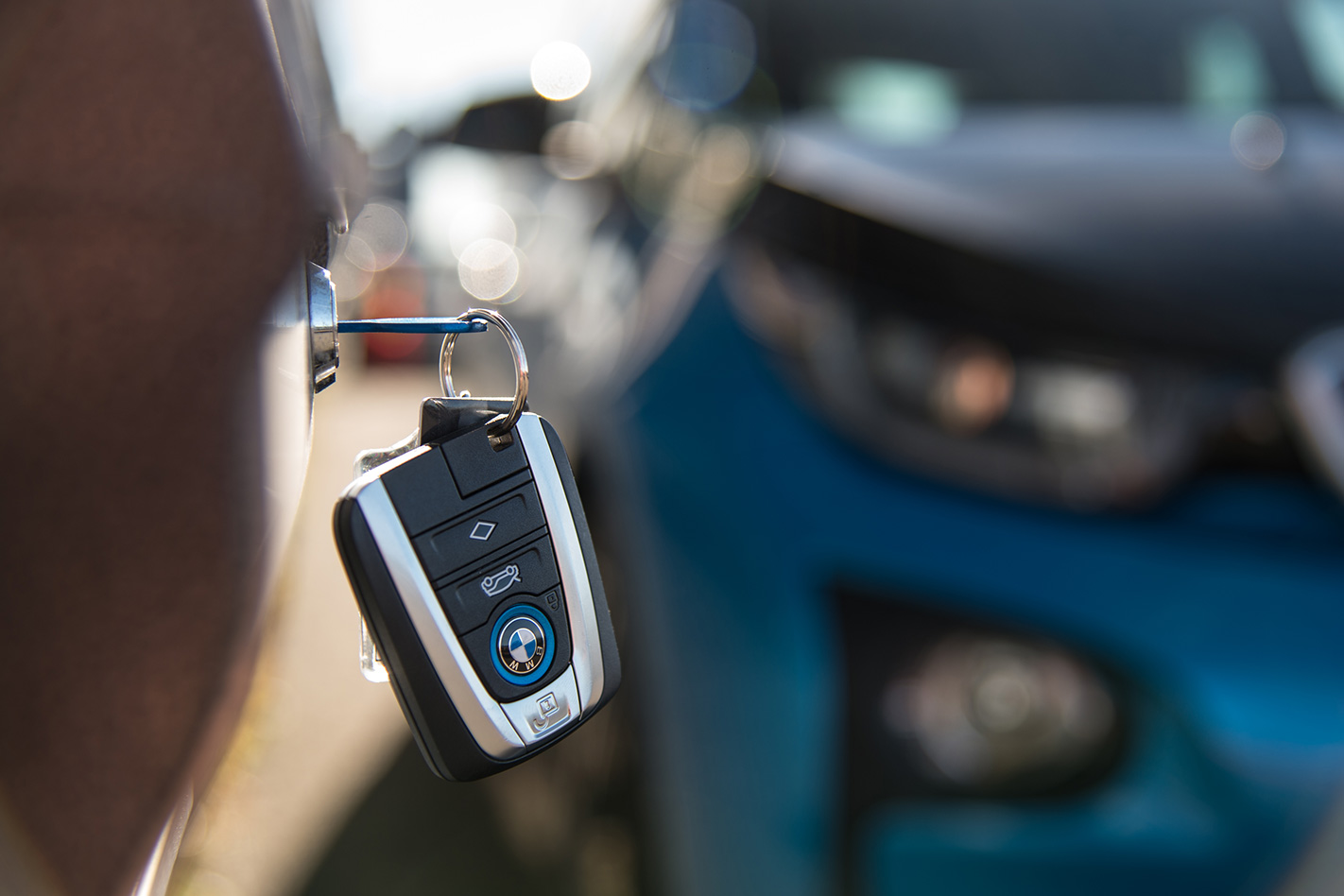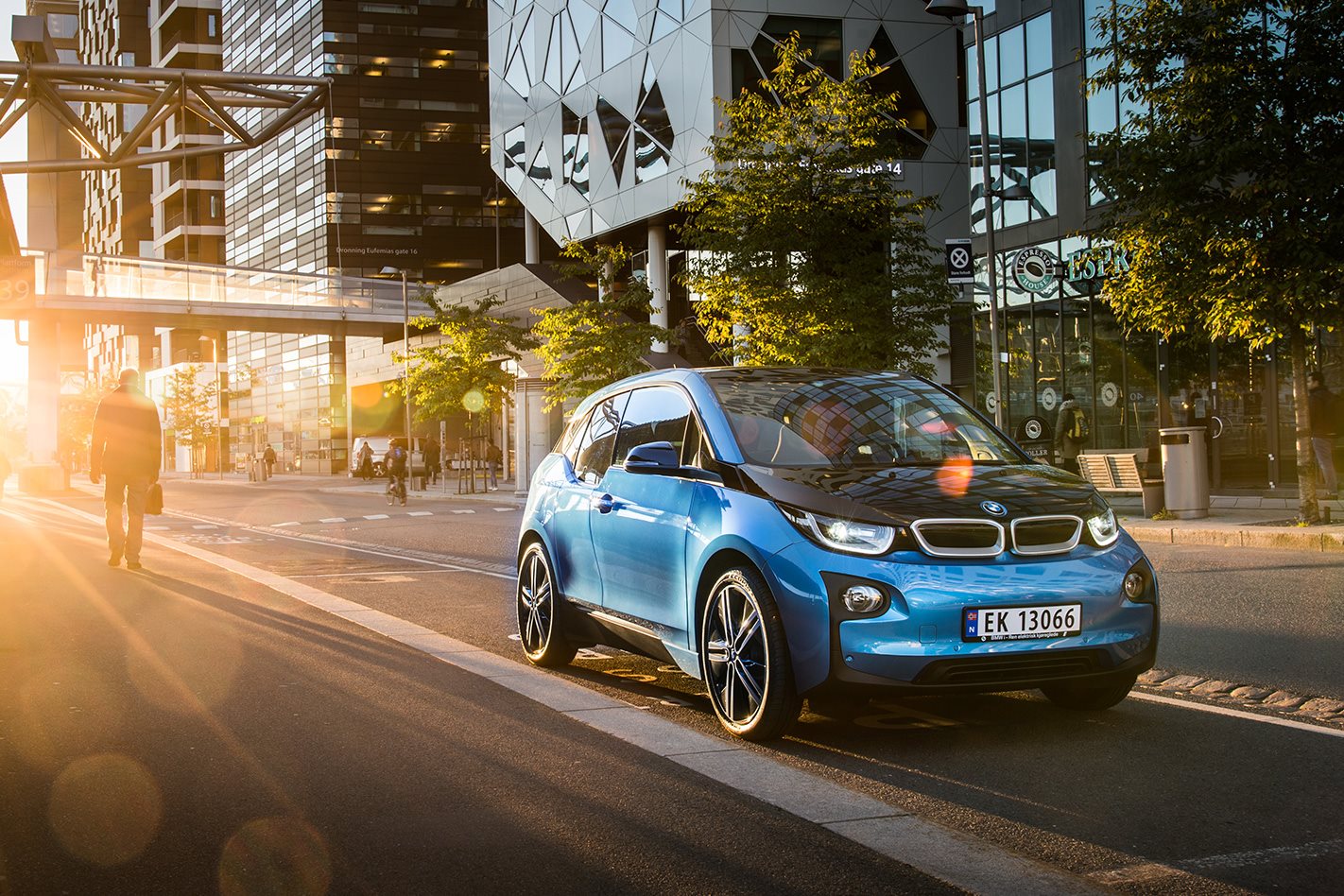THOUGH journeys through time are presently impossible, travelling to Norway is easy.
First published in the Summer 2016 edition of Wheels Magazine, Australia’s most experienced and most trusted car magazine since 1953.
And for a preview of the future of cars and driving, this is the place to come.
Here the transition to electric vehicles is more advanced than anywhere else in the world.
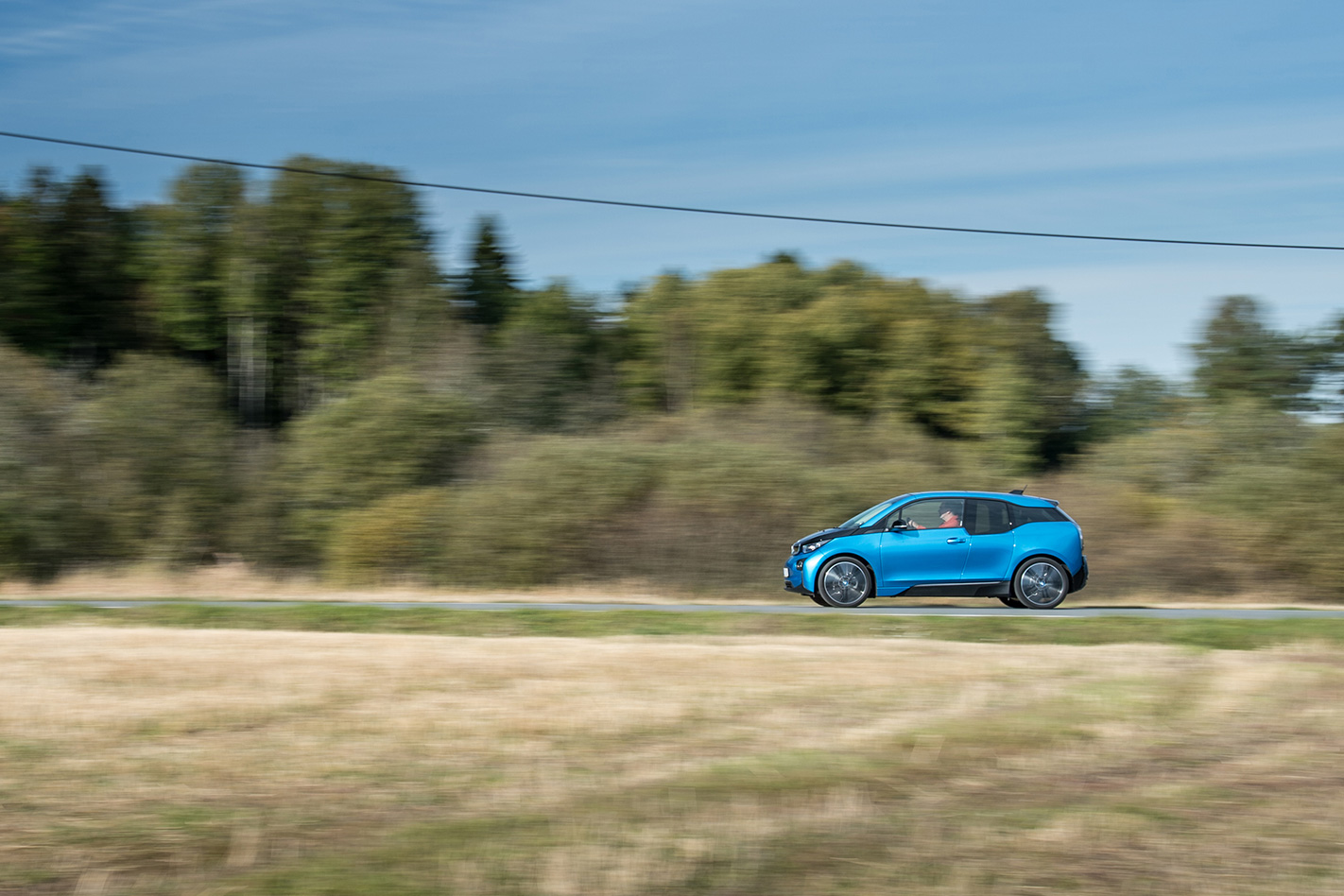
The i3 is a big hit in Norway. Following the release of the 94Ah model, with an improved battery and increased range, the monthly sales rate promptly doubled. BMW Norway estimates it will deliver up to 4000 in 2016 – 13 times more than the Australian market, which is seven times bigger overall.
Greater driving range is a persuasive selling point with EV-savvy Norwegians. It’s a big deal for me, too. Oslo to the End of the World is 130km.
As we found during 2014 Wheels Car of the Year testing, this is at the ragged edge of the real-world driving range of an original i3 with 60Ah battery pack. The 94Ah, with its real-world range of around 200km, should enable us to do it confidently.
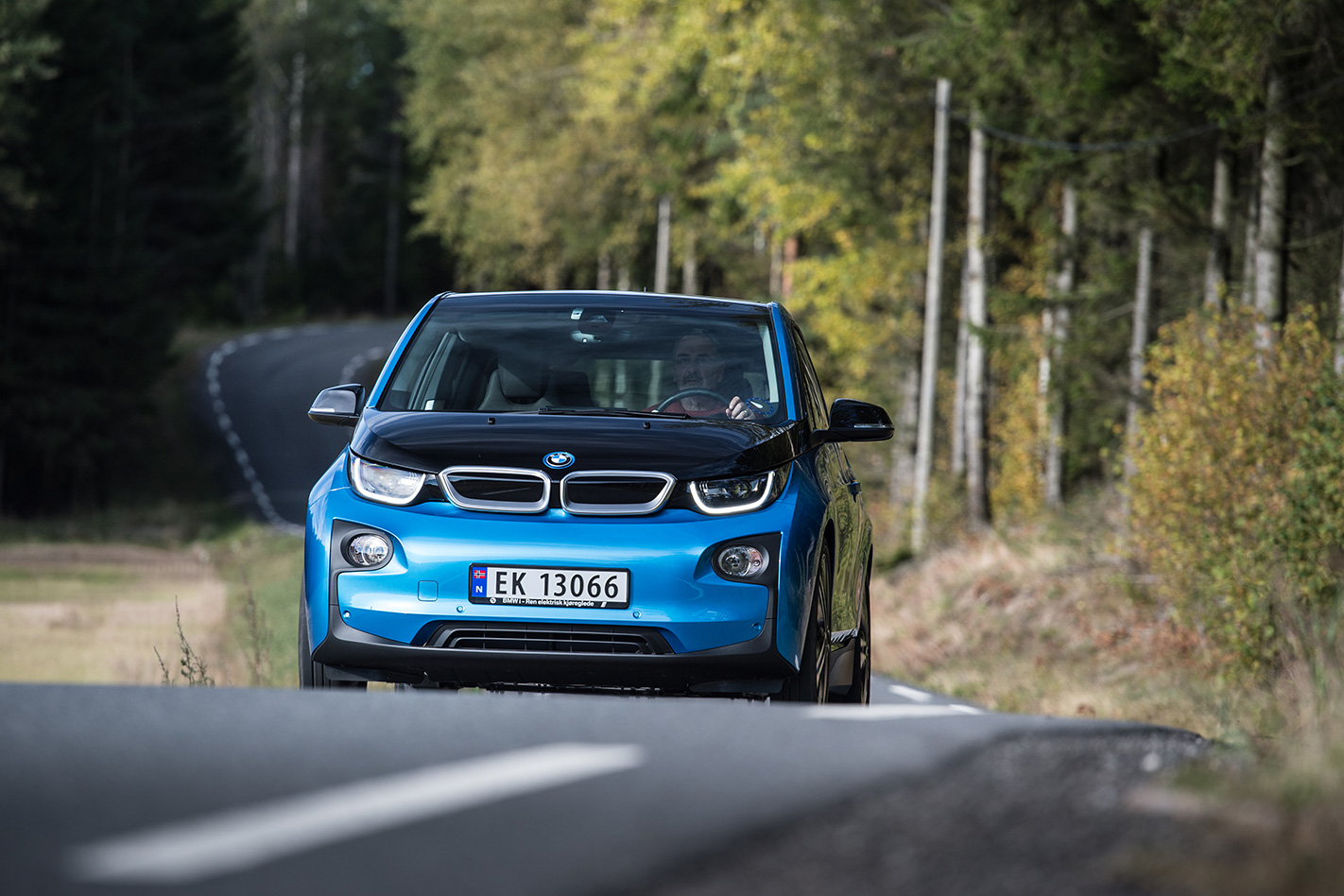
World’s End is a stony tongue poking south into the icy water where the Oslo Fjord meets the North Sea.
There’s no place to stay, so our journey will involve backtracking 25km to a hotel in the nearest large town.
That’s 155km on a single charge, something I’d never attempt in an i3 60Ah.
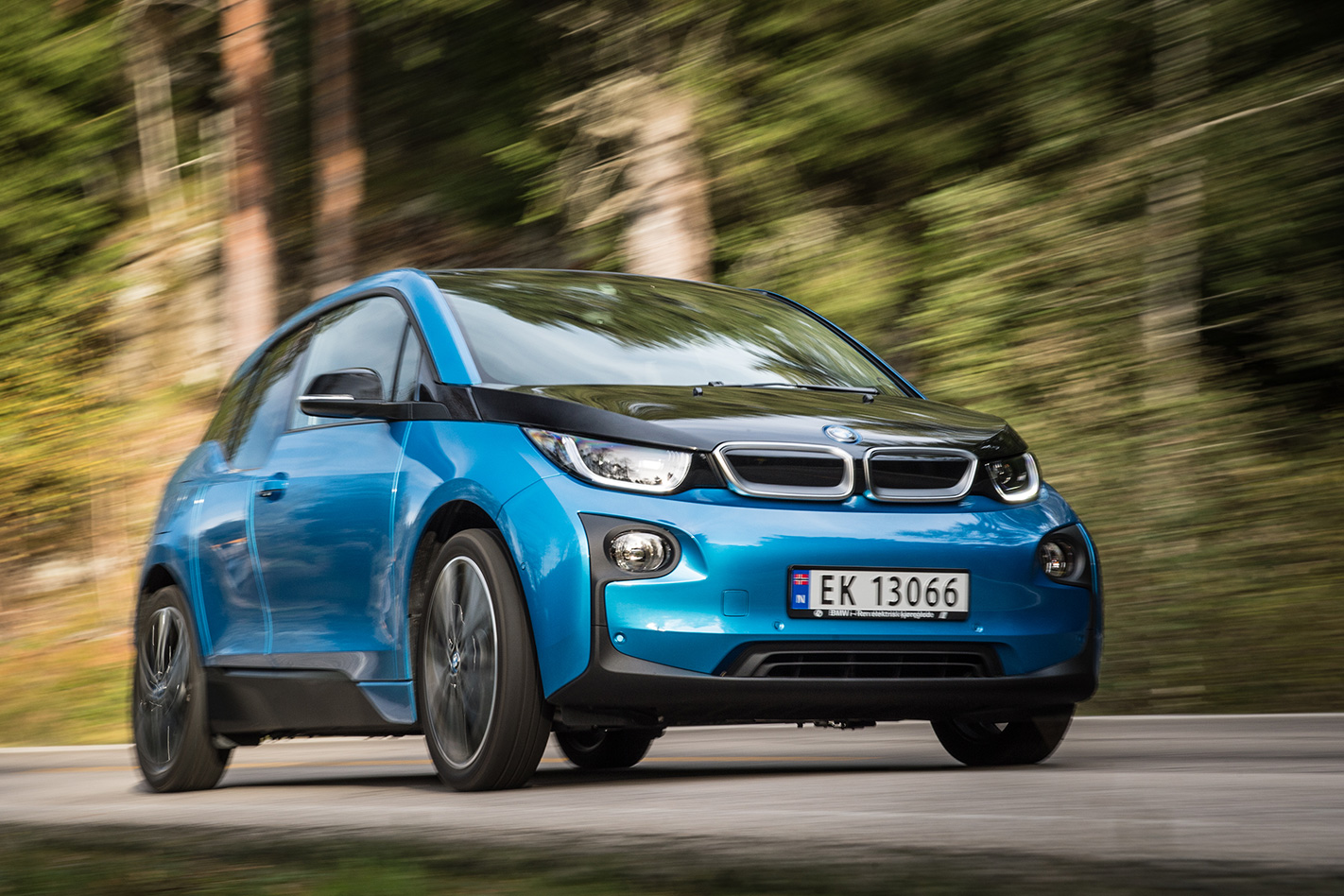
While the i3 is a success in Norway, it’s no chart-topper. The most popular EVs are currently the VW e-Golf and Nissan Leaf.
The Tesla Model S claimed national best-seller status for a couple of months in 2013. And when Tesla launched its new SUV, the Model X, in 2016 it promptly shot to second spot on the Norwegian sales chart.
These cars are mainstream choices in Norway. About 20 percent of new cars these days are EVs. Norway leads the world for EV share. By a long, long way.
So what’s happening in Norway that makes it such a powerhouse of EV adoption? The answer is as simple as it is predictable… money.
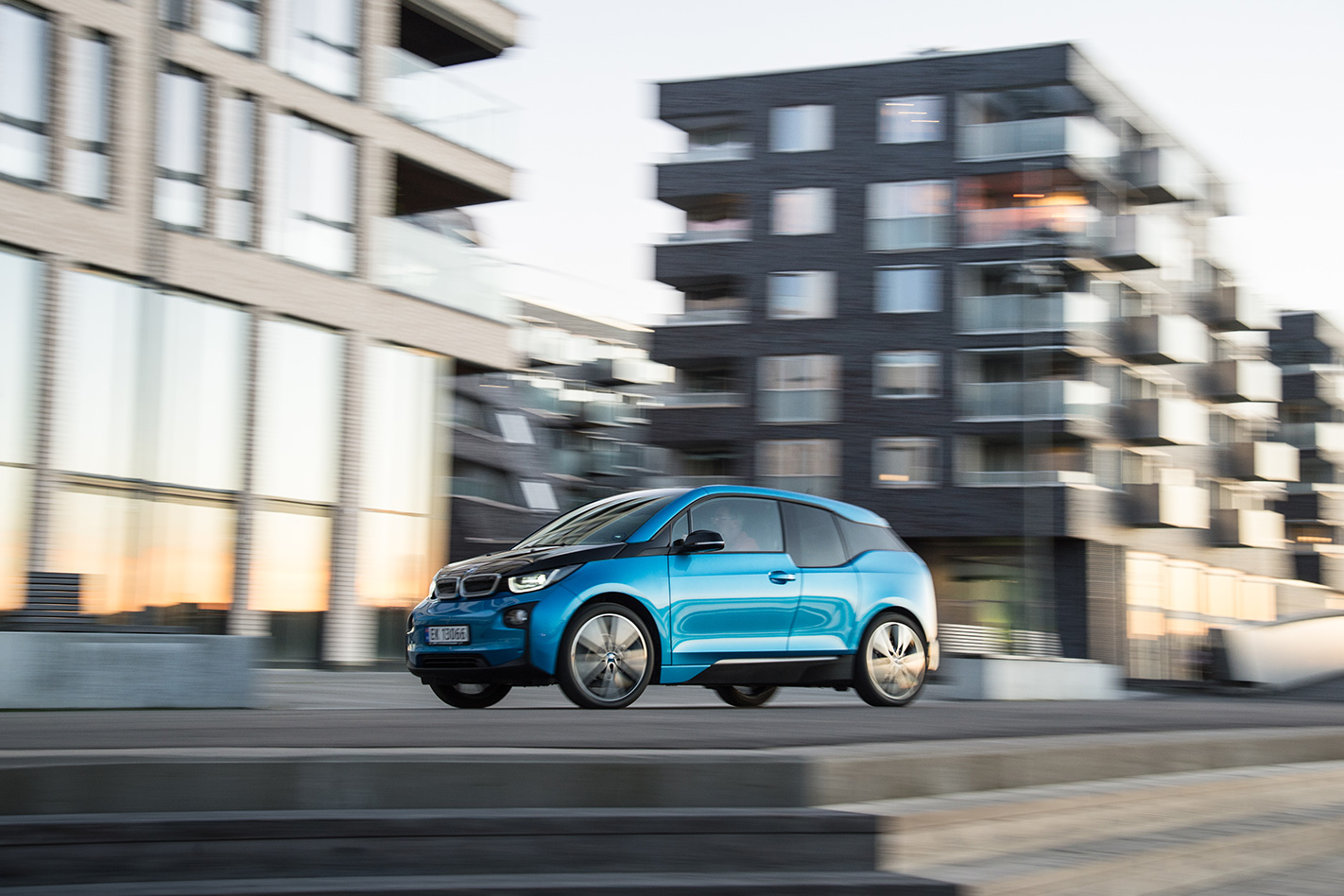
And the equivalent of GST is 25 percent. But Norway’s government exempts EVs from both these taxes.
EVs also don’t have to pay motorway tolls or car ferries, which are an integral part of the local transport network. They’re allowed to use bus lanes when carrying two or more people, and get free municipal parking.
Ståle Frydenlund, communications advisor to the Norwegian EV Association, estimates the purchase tax and GST account for about half the sticker price of a normal car in Norway.
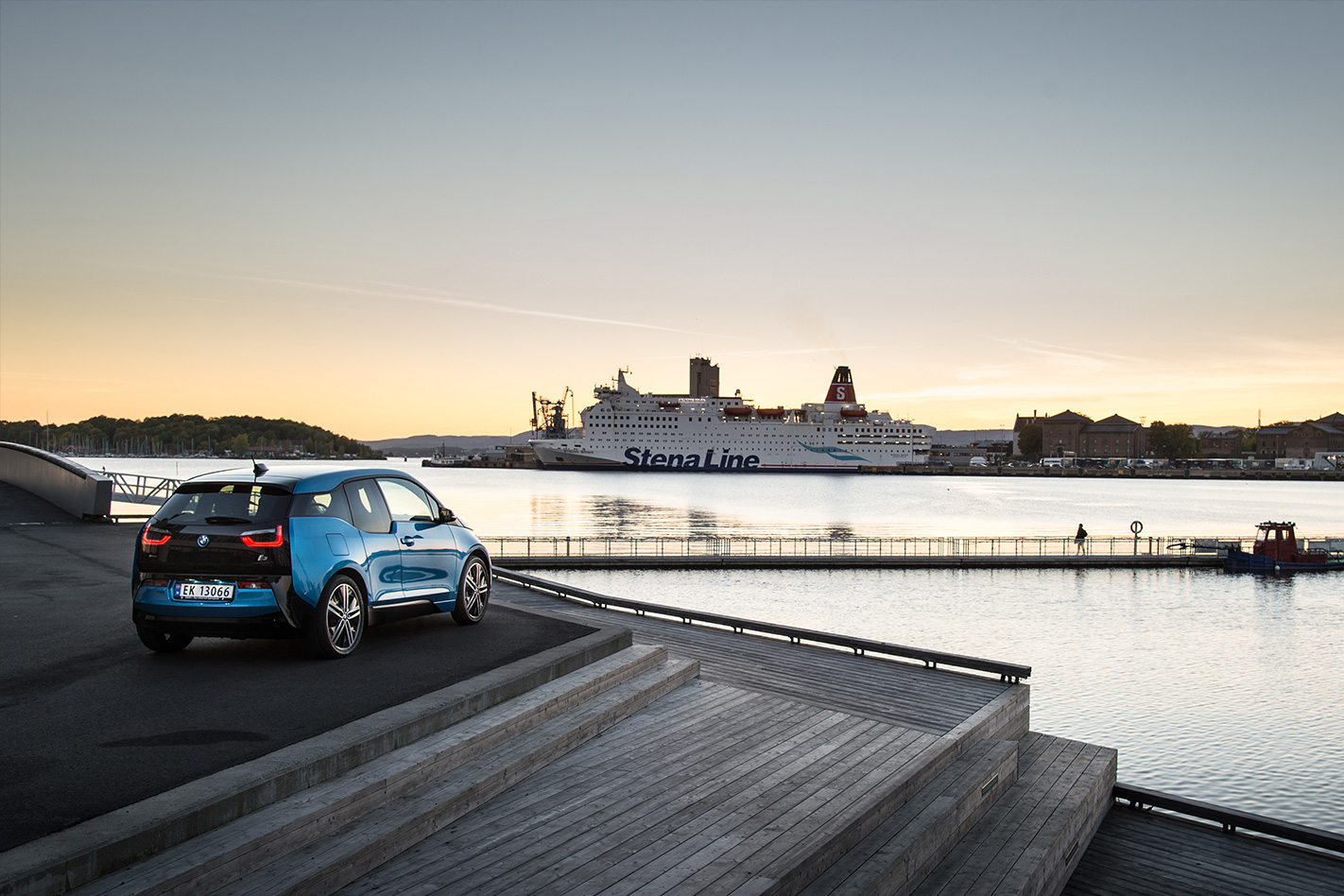
Frydenlund is no car-hating greenie. He was a motoring writer, first for a weekly men’s magazine, later with Norway’s most popular newspaper.
“I’ve been into cars since I was a little boy,” he says. “Hot hatchbacks were my cup of tea.” Now his needs are different. He has a Tesla Model S and likes the long-distance comfort of the big liftback.
“I’m 40 now, I’m a family man, so I think that’s more important than the speediness of a hot hatchback.”
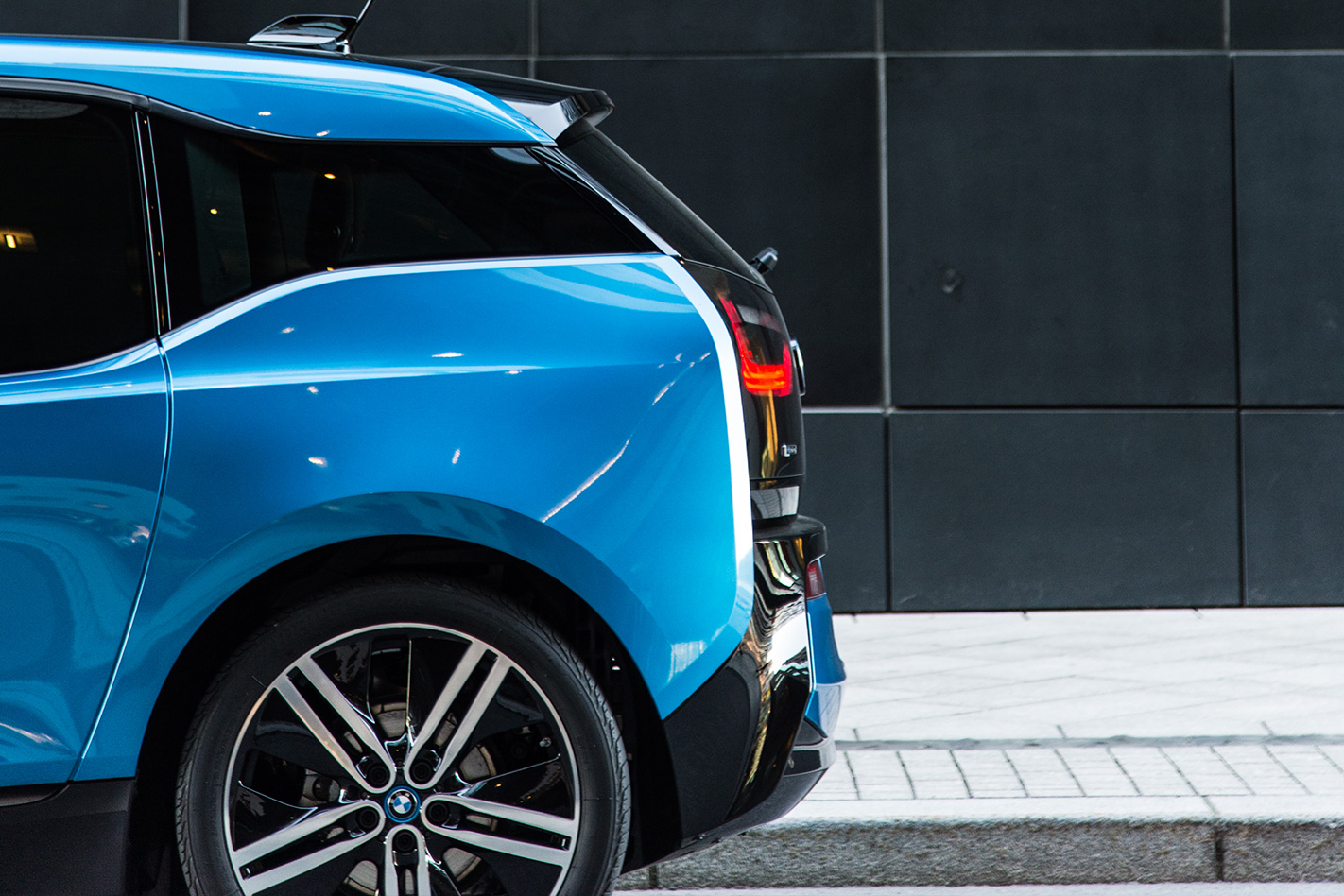
Despite the primitiveness of these tiny EVs, Frydenlund could see the potential. His interest grew, and when the job with the Norwegian EV Association came up in 2013 he wanted it.
Audi A3 etron vs BMW i3 comparison review
“This is one part of the automotive sector I really wanted to explore, and learn all about.”
The association had been formed in 1995 to support these tiny manufacturers – a role that ended in 2010 when Think, by then the sole survivor, declared bankruptcy for the fourth and final time – but it’s now a consumer organisation.
Frydenlund credits those failed companies with initiating Norway’s pro-EV policies. There was never a real masterplan, he says. Once Think and Buddy were gone, the environment became the motivation for consumers to switch to EVs.
Electricity generation in Norway is squeaky clean, with 95 percent of its needs supplied by hydro. Transport is the largest source of CO², with private cars accounting for the biggest chunk, so EVs are a really effective way to cut overall emissions.
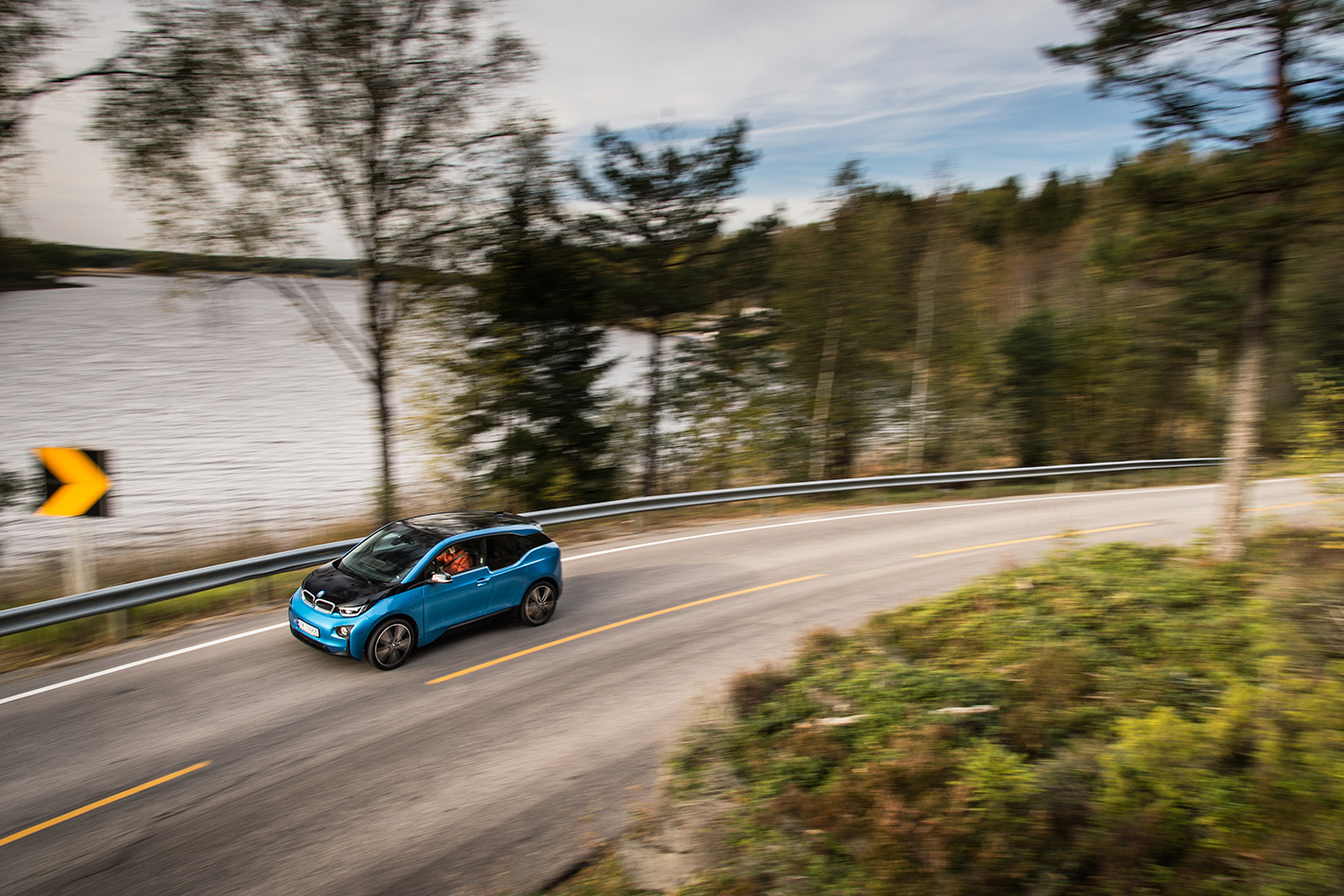
The Norwegian EV Association’s membership of 40,000 makes it the biggest of its kind in the world, and staff totals 13. It represents members’ interests in discussions with government and happily shares its experience and knowledge.
“In June we had the whole board of the passenger car division of Volkswagen here in Oslo,” Frydenlund tells me. “Talking to us, asking us questions: ‘What kind of EVs do you think we should make in the future?’” Three months later at the Paris motor show, chairman Herbert Diess, who led the expedition, revealed VW’s ambitious EV new-model program.
It’s not only Norway’s embrace of EVs that makes the place feel like tomorrow. Prices of most things are so high they must be from five years in the future. And so is the way Norwegians pay them. Cash rarely changes hands; it’s all card taps and phone apps.
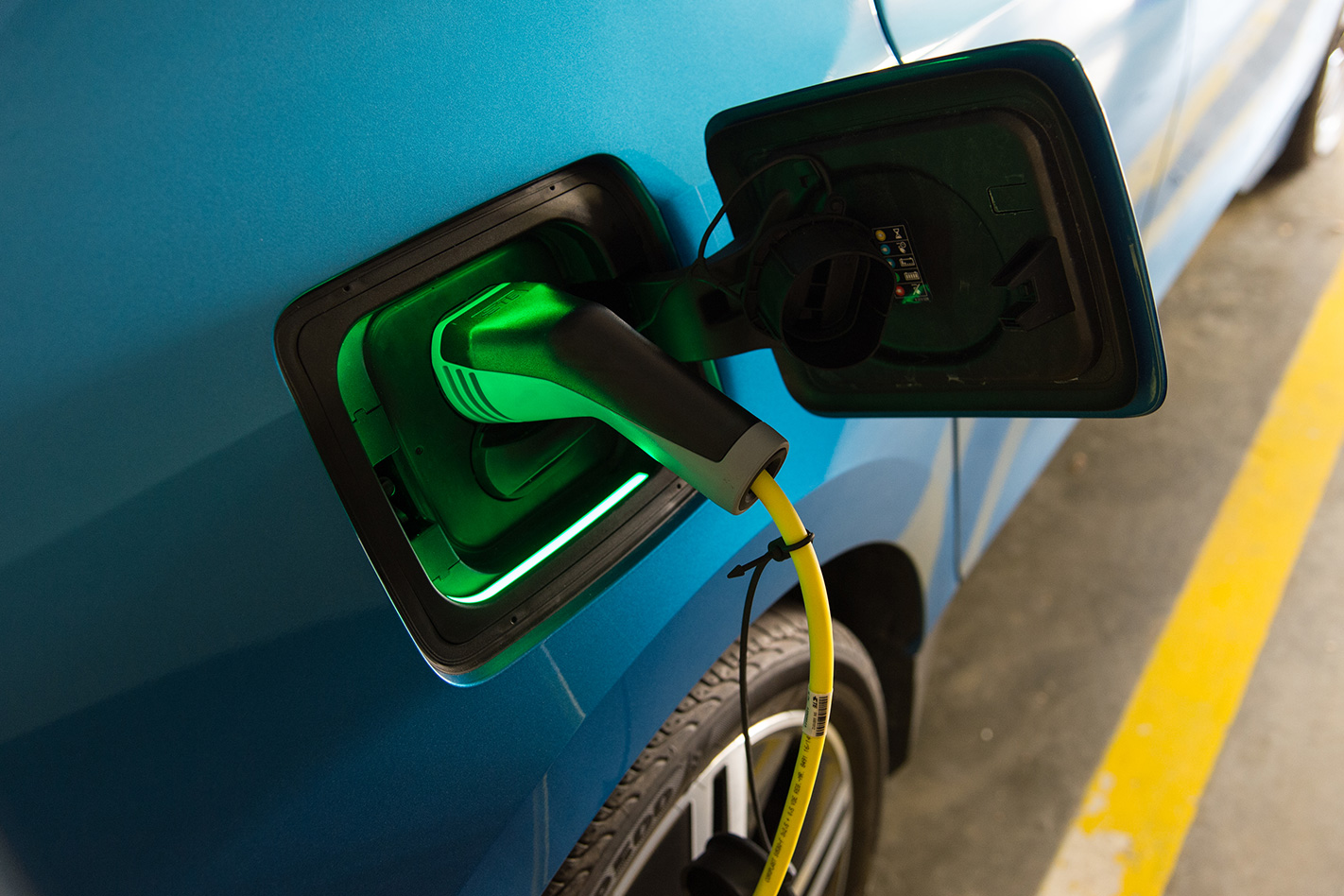
Having flown in from the primitive present, I can’t use either of them. Without a credit app in my smartphone or an account linked to the RFID tag on the BMW’s keyring, I can’t get the required electrons flowing into the i3’s underfloor lithium-ion battery pack.
Luckily, the woman behind the reception desk at the Thon Hotel Rosenkrantz is prepared to help. She sends an SMS from her smartphone to begin the recharge, which will take a few hours. Her credit app will tell her the cost and I’ll repay her with old-fashioned cash.
The fully recharged i3 emerges onto the streets of Oslo early next morning. Like Sydney, the city has an avant-garde harbourside opera house that’s a major tourist draw. But, with a population of only one million, the Norwegian capital isn’t nearly as big.

This is a neatly Nordic and unmistakably prosperous city. It is mostly well-tended older buildings, with enclaves of modern architecture like the Barcode Project, a row of tomorrow-modern high-rises on former industrial land beside Oslo’s busy central station. Seen from the station platforms, the row of buildings does look a bit like a gigantic barcode.
We use more than 10km of the i3’s driving range scanning the Barcode Project before heading to World’s End. With two aboard, we can use bus lanes. Gliding past slow-moving morning rush-hour traffic, it’s obvious using an EV in Oslo can be a major advantage.
There’s another bonus as we join the motorway towards Drammen. This is a toll road… except if you’re in an EV. But instead of feeling smugly thrifty, I begin to suffer range anxiety. Driving at sustained motorway speeds, with a long climb before Drammen, chews away at our range more hungrily than I’d like. And I’m not yet sure how trustworthy the BMW’s range indicator is.
Range anxiety gets the best of me and I pull into a motorway services area. I’m looking longingly at a pair of unoccupied 50kW DC fast-chargers that I’m unable to use for lack of means to pay when a Renault Zoe pulls in for a top-up.
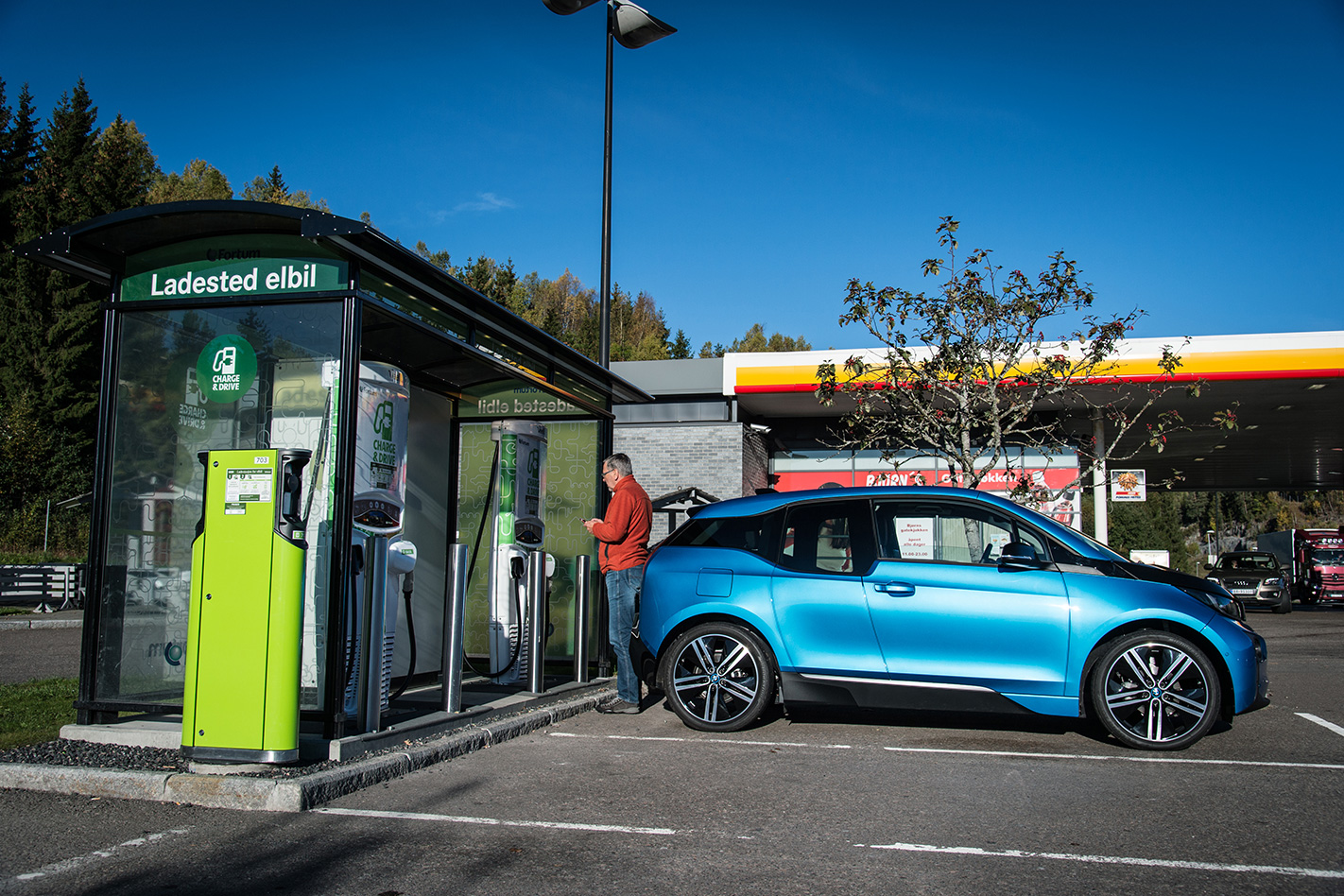
Holanger bought the Zoe a year ago. “It was interesting to drive electric,” he says. “And it’s cheaper. Many say you are doing it just for the environment, but it’s also an economic issue.” He estimates the Zoe’s running costs are only a third those of the family’s second car, a diesel-burning people-mover.
While the Zoe came with a year of free access to the charger network operated by Finnish company Fortum, which is what the car is plugged into as we talk, Holanger mainly charges it at home. For $3 he gets about 150km of driving in summer, a range that’s reduced in the cold winter months.
While he’s learned to live with the electric Renault’s limitations, he’s excited about upgrading to the Opel Ampera-e, a Euro version of the Chevrolet Bolt due to launch in 2017. Holanger thinks it’s a game-changer. Its 60kWh battery means a much longer driving range; up to 500km. With the kind of range only Tesla has so far been able to offer, but at less than half the price, Holanger is certain the Opel will be a hit in Norway.
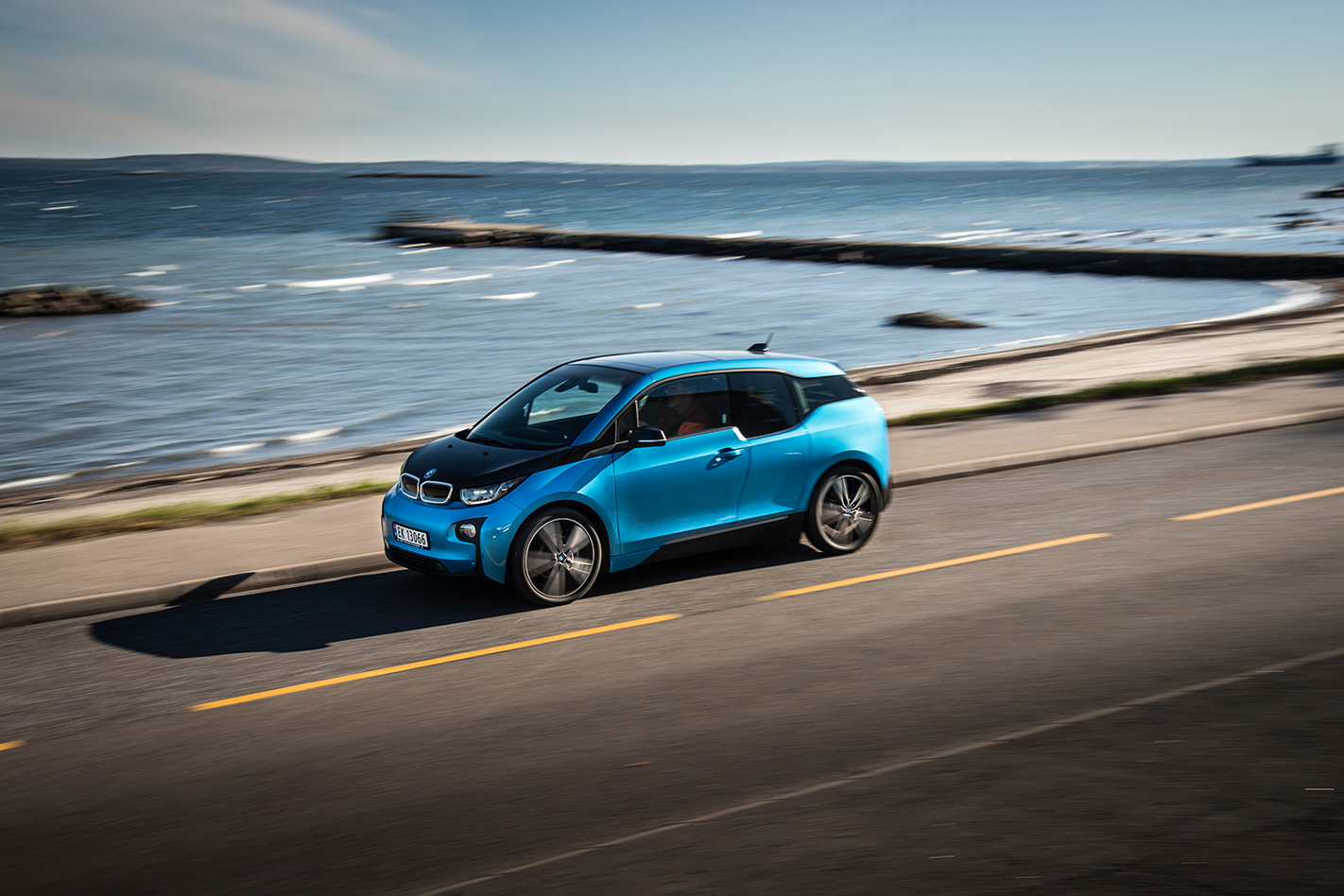
This is basically a map showing every EV charger in Norway, both free and pay. It leads us to a public parking station, and one of the two recharging spaces is vacant. Though we pay to park, we don’t pay for the electricity. It’s a common tactic to attract EV drivers to parking stations and shopping malls.
The only problem is that it’s not a fast-charger. It will take a couple of hours to put enough into the i3’s battery to give me complete confidence that we can make it to World’s End and back again.
We pass the time watching a small team of craftsmen constructing a shapely Viking vessel. A guy turning a large tree trunk into a hull plank using only a small axe tells us it’s a replica of a 1000-year-old trading vessel known as the Klåstad ship. The aim is to sail it over ancient Viking trading routes; the Arctic waters of northern Norway, the great rivers of Russia, the Black Sea, the Mediterranean, then home via the Atlantic and North Sea.
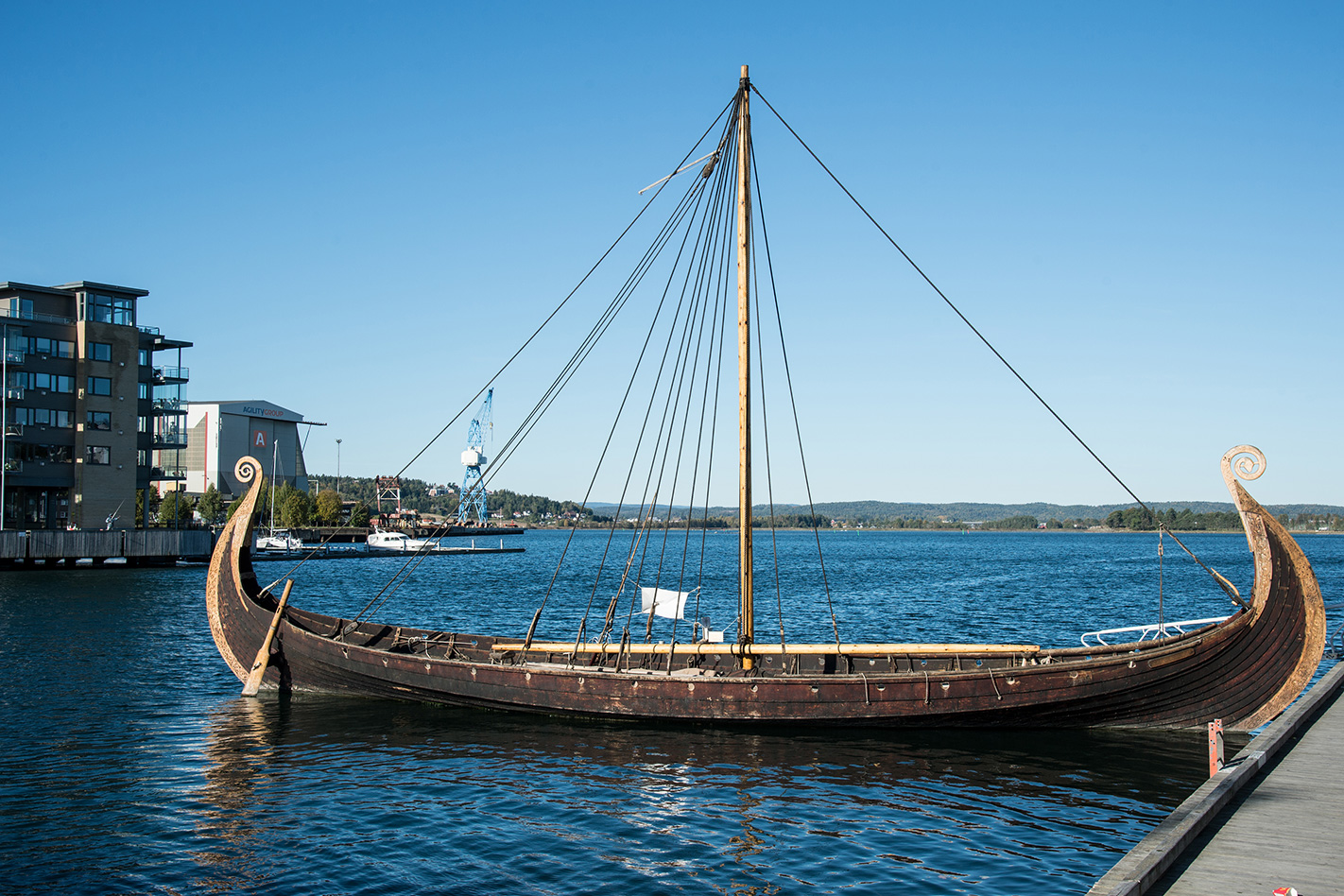
Just south of Tønsberg we find a time-warp BP petrol station. There’s no one around, but it appears to be a kind of museum. Which could be the fate awaiting many other service stations. The way Norway is headed, BP could soon stand for Battery Power instead of British Petroleum.
It’s mid-afternoon when we reach World’s End. There are signs banning cars from entering an area where rocks, sea and a stone signal beacon can be seen. The Verdens Ende operations manager has just one question when we ask if we might be permitted to photograph the BMW there.
“Is it a pure electric car?” she asks. It is, so we’re allowed in. Which is not the answer a video crew shooting a conventional car earlier in the day received, the woman adds.
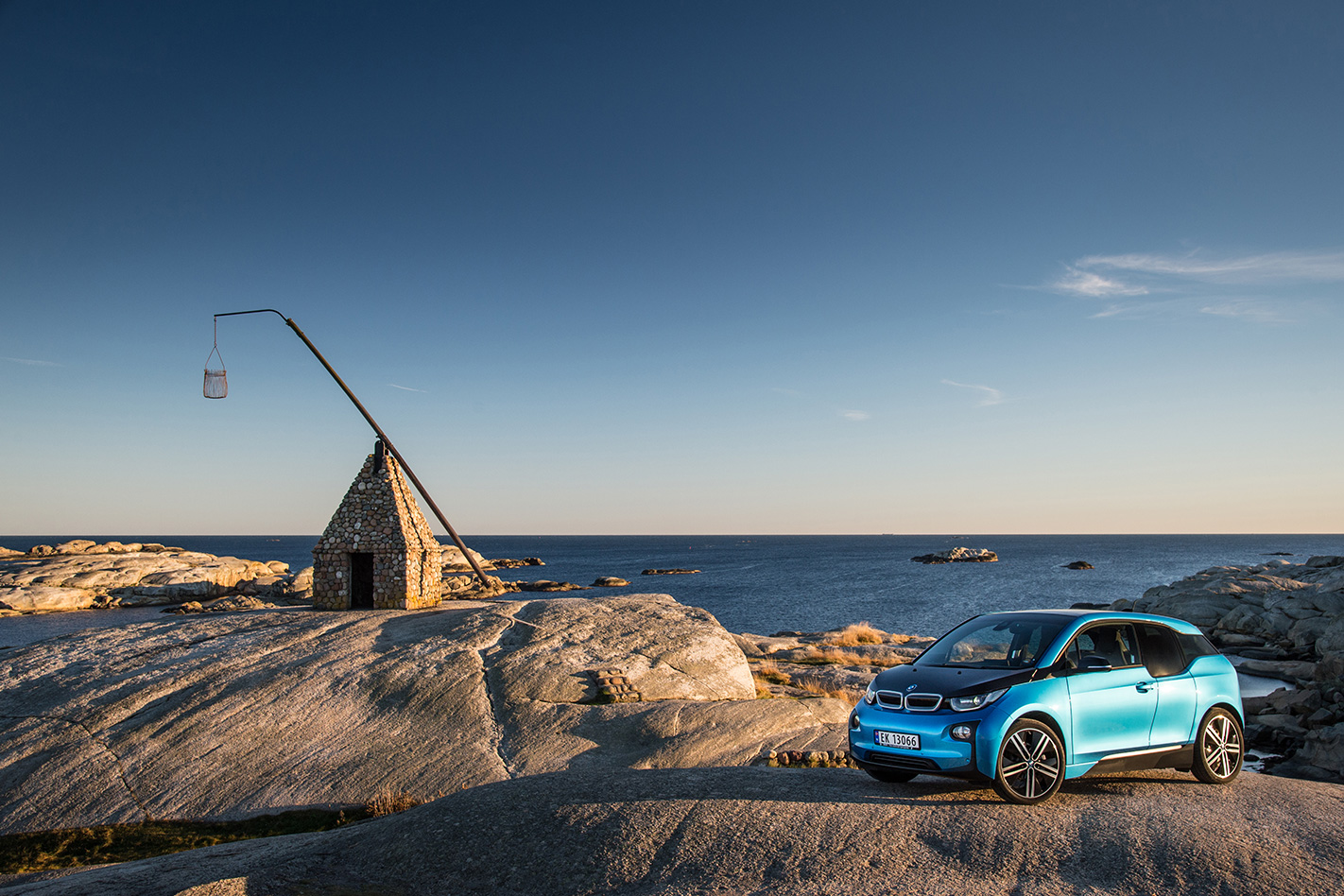
Our trip through darkness to Tønsberg isn’t at all perilous. There’s still 20 percent charge and more than 40km of driving in the i3 battery as I hook it up for another slow-but-free charge before checking in to our hotel; we could have made it from Oslo to World’s End and back to Tønsberg without that top-up.
The i3 is completely charged next morning. The car’s display shows a range of 186km in default Comfort mode or 236km in Eco Pro mode, which trims top speed to 130km/h and reduces the climate control system’s energy consumption.
My confidence in the accuracy of the i3’s range gauge is growing, so we take the longer and more scenic route up the western edge of Oslo Fjord to Horten and catch one of the frequent car ferries to Moss on the other side. While we pay normal passenger fares, the BMW rides for free.
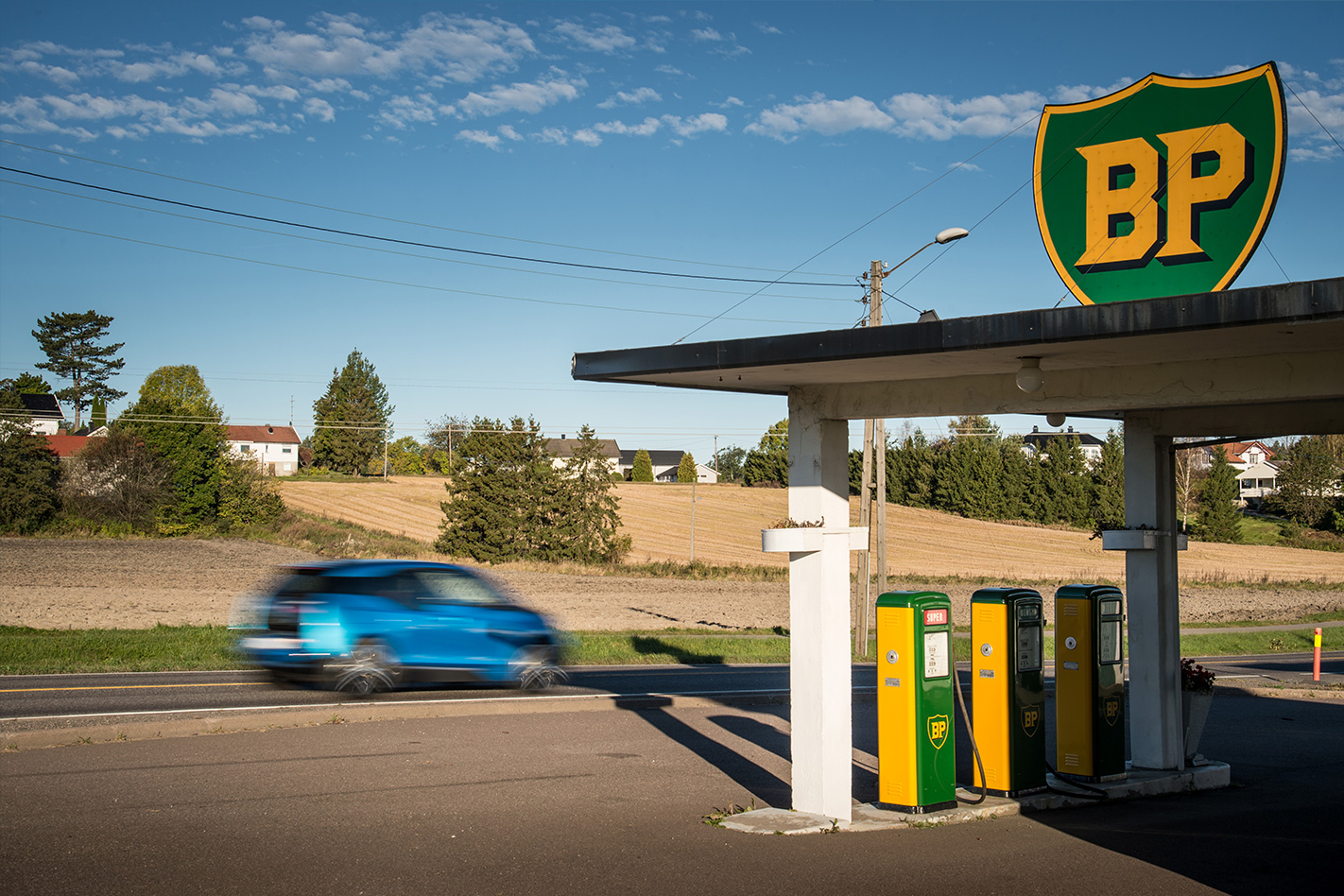
Choosing and using an EV in Norway isn’t always easy, at least for a foreigner who has dropped in to see what the future of driving looks like.
For Norwegians, though, the EV is an affordable, user-friendly, everyday reality. All it took was forward-looking, eco-minded government policy, the activism of the EV Association, and some advanced technical infrastructure. And perhaps a touch of Viking willingness to sail beyond World’s End and into the unknown.
